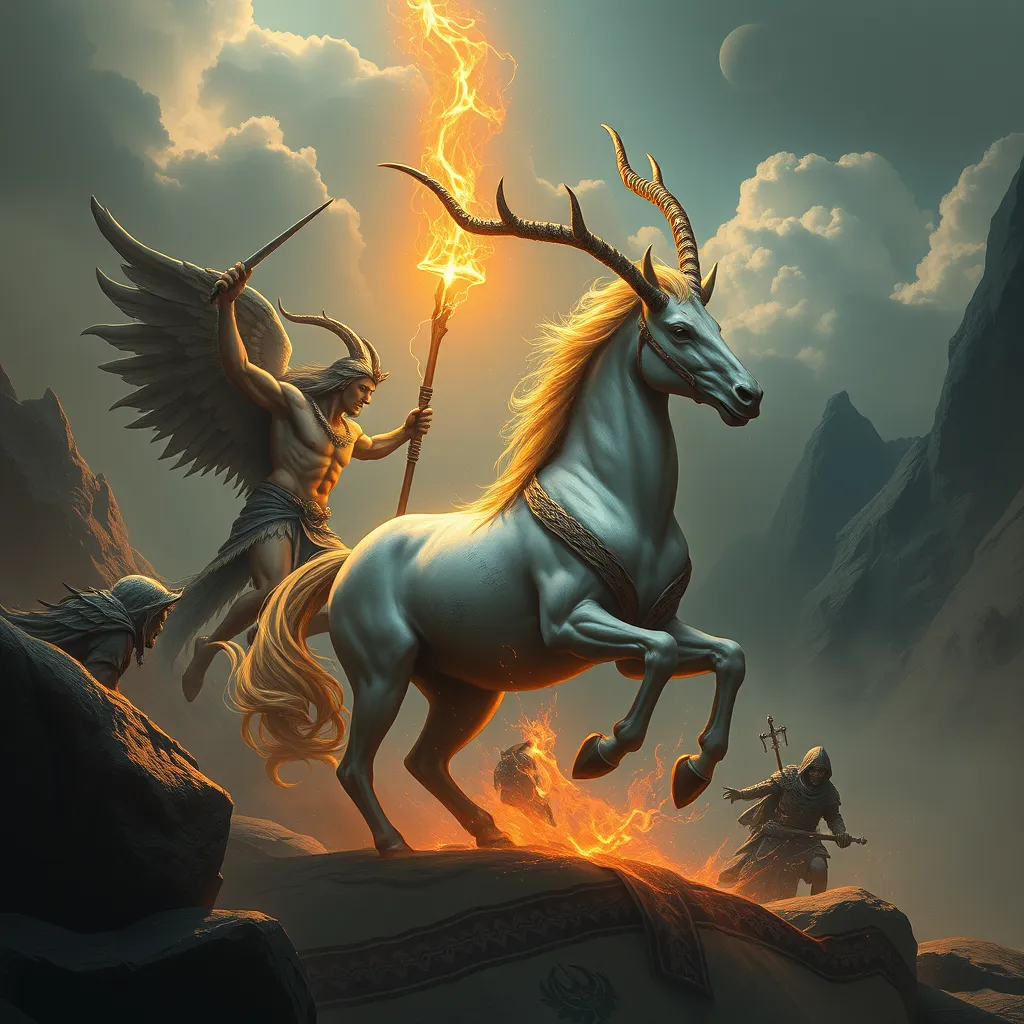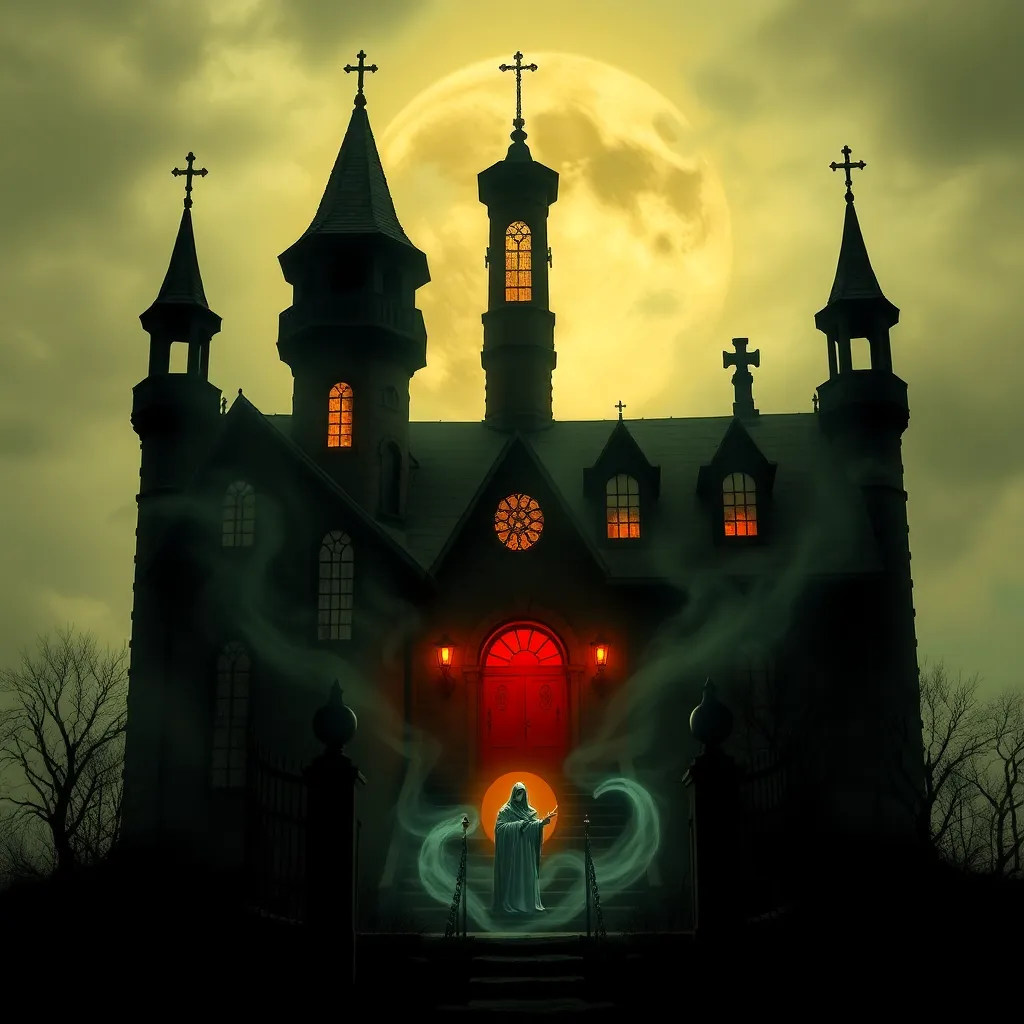The Golem’s Story: A Journey Through the History and Evolution of the Golem Myth
I. Introduction
The Golem is a fascinating figure in Jewish folklore, representing the intersection of creation, protection, and the supernatural. Traditionally depicted as a creature made from inanimate materials, the Golem is imbued with life through mystical means, often serving as a protector of the Jewish community. This article will explore the Golem myth’s origins, its evolution through history, its representation in literature and art, and its lasting impact on modern culture.
II. Origins of the Golem Myth
The Golem myth has deep historical roots in Jewish folklore, with references found in ancient texts. The earliest mentions can be traced back to the Talmud, where the concept of creating life from clay is introduced.
- Historical Roots in Jewish Folklore: The Golem’s origins are intertwined with themes of creation and the divine.
- Early References in Religious Texts: The Talmud and later mystical texts explore the notion of the Golem as a being created for specific purposes, often relating to protection.
- Significance of Clay and Creation: In many ancient cultures, clay symbolized the raw materials from which life could be formed, connecting the Golem to fundamental ideas of humanity and divinity.
III. The Golem in Medieval Jewish Mysticism
During the medieval period, the Golem became a prominent figure in Jewish mysticism, particularly through the teachings of Kabbalah. This mystical tradition provided a framework for understanding the Golem’s role and significance.
- Kabbalah’s Influence: Kabbalistic teachings emphasized the power of language and names, which played a crucial role in the Golem’s creation.
- The Legend of Rabbi Judah Loew: One of the most famous Golem stories involves Rabbi Judah Loew of Prague, who allegedly created a Golem to protect the Jewish community from persecution.
- Symbolism of the Golem: The Golem serves as a symbol of Jewish identity and resilience, embodying the struggle for safety and existence.
IV. The Golem in Literature and Art
The Golem has inspired numerous literary and artistic representations throughout the centuries. Early stories and poems contributed to the myth’s richness and complexity.
- Early Literary Representations: The Golem appears in various stories and poems, often highlighting themes of creation and the consequences of playing God.
- Influence on Visual Arts: Artists have depicted the Golem in paintings, sculptures, and performances, showcasing its terrifying and protective aspects.
- Notable Works: Gustav Meyrink’s novel “The Golem” is among the most significant literary works, exploring existential themes through the Golem’s lens.
V. The Golem as a Symbol of Fear and Power
The Golem embodies themes of fear and power, often representing the anxieties of the communities that create them. Its existence raises questions about control, creation, and the potential for destruction.
- Representation of Otherness: The Golem is often seen as an outsider, reflecting societal fears regarding the unknown and the “other.”
- Themes of Control: The struggle between the creator and the created highlights the delicate balance of power in relationships.
- Social and Political Commentary: The Golem can serve as a critique of authority and the consequences of unchecked power.
VI. Modern Interpretations of the Golem Myth
In contemporary culture, the Golem has been reinterpreted in various forms, reflecting modern anxieties and technological advancements.
- Contemporary Literature and Media: The Golem has appeared in modern novels, films, and television series, often as a metaphor for humanity’s relationship with technology.
- Diverse Cultural Contexts: Different cultures have adapted the Golem myth to explore local themes, showcasing its universal appeal.
- Metaphor for Technology: The Golem can symbolize the fears surrounding artificial intelligence and the ethical implications of creation.
VII. The Golem’s Influence on Popular Culture
The Golem’s impact extends into popular culture, where it continues to resonate with audiences. Its presence in various media illustrates its enduring appeal.
- Film and Television: Numerous films and shows have drawn inspiration from the Golem myth, often portraying it as a creature of both horror and fascination.
- Modern Folklore and Urban Legends: The Golem has evolved into a figure in modern folklore, with stories that reflect contemporary fears.
- Enduring Appeal: The Golem’s ability to adapt to changing cultural landscapes speaks to its timeless relevance as a symbol of creation and identity.
VIII. Conclusion
Throughout history, the Golem has evolved from a figure of folklore into a complex symbol of fear, power, and identity. Its journey reflects societal changes and the timeless human quest for understanding creation and existence. As we navigate the challenges of contemporary society, the Golem remains a poignant reminder of our fears and aspirations, illustrating the enduring power of myth in shaping cultural narratives.
In conclusion, the Golem serves as a fascinating lens through which we can explore themes of control, identity, and the nature of creation. Its stories continue to resonate, prompting reflection on our relationship with technology and the ethical dimensions of creation in our modern world.



